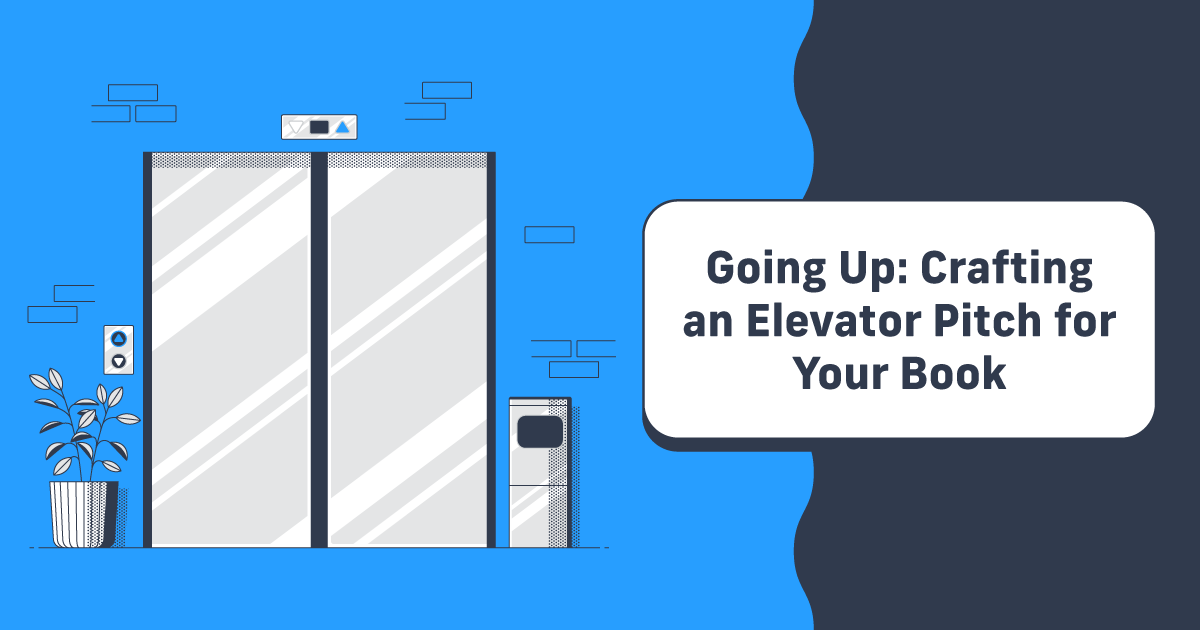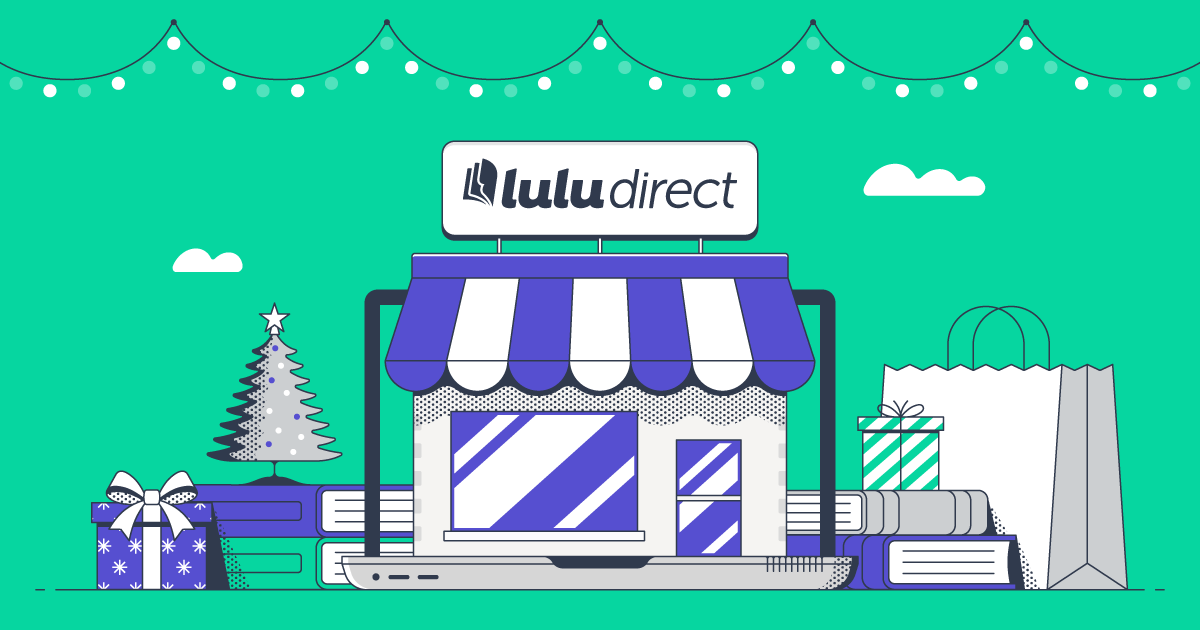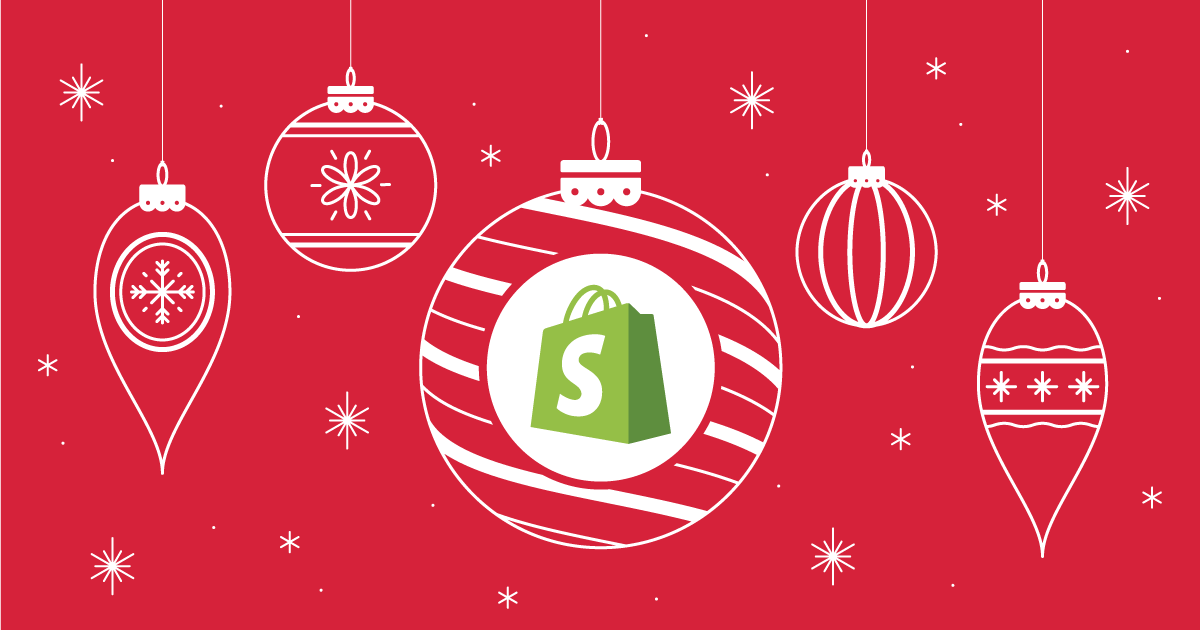Discounting Best Practices and Biggest Blunders
Ecommerce is the fastest-growing part of our global economy. If you buy stuff online, you might have five to ten frequently visited favorite stores where you understand navigation, can easily use the cart, know discounting patterns, and maybe you’re even raking in loyalty rewards or points for future purchases. It’s a welcome challenge to get the lowest price possible (nods head and whispers under my breath, “heck yeah, cha-ching!”).
My online buying behavior heavily depends on discounts. If I needed to buy a pair of shoes during the holiday season, you bet I’ll wait until Cyber Monday to take advantage of what’s likely the year’s deepest discount.
End-of-season clean-out sale? I’m there! Sometimes I’ll even buy something just because it’s a good deal.
A big coupon is the source for a shopping splurge. Can you relate?
But as a bookseller, you are on the other side of this relationship. How you set discounts can condition your buyers and have a major impact on your bottom line and your overall brand. In advance of the holidays, I want to take a closer look at some discounting best practices (and common mistakes) that can help you decide the discounting relationship you want to establish with your readers.
Discounting Basics
There are a variety of ways to incentivize buying behavior and spark sales. Let’s take a look at the most commonly used methods for ecommerce:
- Coupons - A voucher entitling a consumer to a discount. These are typically in the form of a percentage or dollar amount off.
- Bundling - Offering discounts contingent upon buying two or more products at once. With bundling, buying the products together is less expensive than buying them separately.
- Free Shipping - This means that there is no charge for shipping during checkout. Typically, shipping costs are absorbed by the merchant with this discount.
- Bulk Buying - An incentive offered for buying more than one of the same product. For example: “Buy 5 books and save 15% at checkout!”
Discounting gives the perception of value. With inventory shortages, fulfillment chain breakdown, and lifestyle shifts to working from home (hello athleisure wear trend! Use this gif), the modern online shopper is even more agile, smart, and voraciously looking for value. At the same time, your brand needs loyalists, reviews, a trusted buying experience, and longevity. Before we dive into some best practices, let’s look at common mistakes.

Your Free Lulu Account
Create a Lulu Account today to print and publish your book for readers all around the world
Common Mistakes
For this section, I went to my favorite source—friends and coworkers who also run small businesses. They always have plenty of stories to tell of things gone wrong during their learning curve. Here’s what I found out didn’t work, and why:
- Offering complex discount promotions. An example is offering an intricate bundling option like “Buy any 3 quantities of Product A, B, C, or D and get a 15% discount.” This takes too much time and is complicated for the customer to understand. By complicating the customer experience, it potentially kills conversions on the site. Keep the customer experience clean and effortless.
- Giving away too much, too soon. Offering heavy discounts without the proper strategy will hurt your profit margin. Stephanie Taylor Christensen suggests that every ecommerce marketer answer these questions:
- Will the discount attract the customers we really want?
- What impact will the deep discounts have on my brand?
- Do you have a plan for how to demonstrate value once the discount ends?
- Can you control the message (and who sees it)?
- Have you optimized price and value?
- Discounting without taking into account the metrics and tracking. There are a ton of tools to use when determining how to measure the effectiveness of discounting. These are often built into the ecommerce platform (Shopify, WooCommerce, etc.), but if you don’t use them, there’s not a surefire way to know if the strategy was effective or not.
Best Practices
There is a ton of advice on the internet about how to discount. Books can be tricky since their sales may or may not be repetitive, followed up by a sequel, or timely and tailored to a certain audience or event. Here we talk about why selecting your top seller is the product to discount.
Remember too that when it comes to selling books, YOU are the brand, not your product. Your returning customers probably aren't coming back to buy additional copies of a book they already own. Instead, they're looking for other books and products from your brand after your book fostered some brand loyalty in them!
If it’s non-fiction, buyers want to know why you’re an expert in that particular subject. For fiction, a glimpse of the creator can bring a connection to the reader.
Other best practices when planning discounts:
- Have a strategy, and make it measurable. Understanding your audience and its buyers is key. Build your strategy around that. Then define what metrics you’re using. Research and take advantage of the technology tools available with your platform.
- Know Your Margins. So obviously ,if you’re a great writer, math might not be your strong point, but that’s not an excuse to overlook it as a merchant. Understand the cost of goods, shipping, and fulfillment. Make sure you aren’t being too generous with discounts in a costly way. Understand the ramifications of free shipping and absorbing shipping costs, especially if you are selling globally, and shipping surcharges might apply.
- Use discounts to strengthen the brand. This can be done by offering discounts in a way that encourages and rewards customer loyalty. For example, customers who have been with your brand for two years can get a discount on their two-year anniversary. Customers who have purchased a certain number of books can get a reward discount on their next purchase. But remember, keep it simple.

Sell Your Book, Your Way
Sell books on your Wix, Shopify, or WooCommerce website with Lulu Direct.
Or use our Order Import tool for your next book launch.
Direct-to-Consumer Tools You Can Use
Lulu Direct is a tool you can use to fulfill books sold directly from your website via the Lulu print-on-demand network. With Lulu Direct, we have several tricks up our sleeve that will set you apart from others with a discounting strategy and brand building. Here are my favorite two:
- White labeling: When setting up book fulfillment with Lulu Direct, you can white label the shipping inserts. The insert is an opportunity to build brand loyalty with a discount. Perhaps you can include a code there for their next purchase, a code to give to a friend, or an invitation to be part of the book club for your next book.
- Multiple Book Options: The hands-off fulfillment process advantage Lulu Direct provides allows you to get creative with different versions of the same book. Perhaps you want to offer a limited-time second cover option for a new book launch, or a special hardcover version for family and friends. With print-on-demand, you can easily create more than one version without the investment of inventory. Having a variety of versions available at different price points provides insights into customer buying habits and popular price points.
- Variants: Variants enable you to create multiple book options under a single listing. For example, you might sell the same title in both hardcover and paperback, or offer different trim sizes. Variants keep your store organized while giving buyers the flexibility to choose the format they prefer.
- Bundles: Bundles allow you to sell multiple books together in a single listing. Popular uses include pairing a book with a companion journal, offering a special price on a complete series, or selling a discounted classroom workbook set. Bundles are a simple way to add value for your audience and encourage larger orders.
Discounts are best when used sparingly. There’s a fine line between enticing new purchases and conditioning customers to always use them on your site, which can tank your brand and the pursuit of value. Be calculated with your strategy. You may experience a bit of trial and error and learn valuable lessons along the way, but it’ll be worth it.




